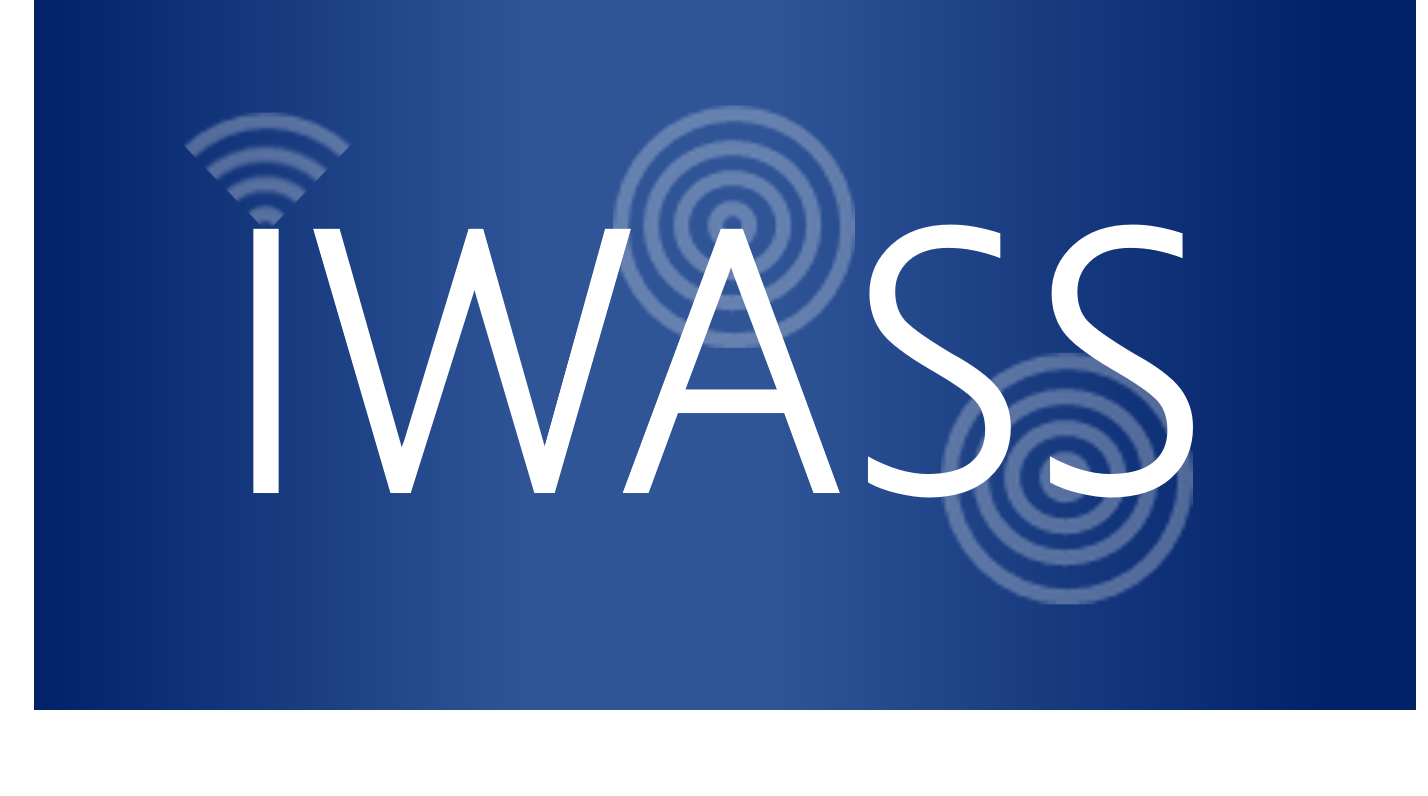BURTON, HENRY V.
Assistant Professor
5732 Boelter Hall
Department of Civil and Environmental Engineering
University of California
Los Angeles, CA 90095-1593
Phone: (310) 825-2843 Fax: (310) 206-2222
Henry Burton’s teaching and research activities are broadly focused on improving the resilience of urban regions to natural disasters. Specific areas of interest include (1) developing enhanced earthquake resistant systems, (2) performance-based life-cycle design and assessment techniques, (3) nonlinear structural modeling and seismic collapse simulation and (4) developing decision-support tools to quantify seismic resilience at the individual building and community-scales. This work relies heavily upon large-scale experimental testing, high-performance computing for structural simulations and risk and reliability theory. Henry has significant industry experience and is a registered structural engineer (S.E.) in the state of California. He spent six years in practice at Degenkolb Engineers where he worked on a number of projects involving seismic design, evaluation and retrofit of existing buildings. Current research projects include the development of a rocking spine system as a cost-effective strategy for new design and seismic retrofit of concrete buildings. He is also working with the California Seismic Safety Commission to develop a framework and computational tools to model post-earthquake community level recovery. Much of his work is executed in collaboration with US and international partners including the Global Earthquake Model (GEM), GeoHazards International (GHI), the Indian Institute of Technology, Roorkee and several local engineering firms.
+ Education
- Stanford University, Ph.D., 2014, Civil Engineering
- Stanford University, M.S., 2004, Civil Engineering
- Morgan State University, B.S., 2002, Civil Engineering (with honors)
+ Selection of Publications
- Burton, H. V., and Deierlein, G. (2014). “Simulation of seismic collapse in nonductile reinforced concrete frame buildings with masonry infills." J. Struct. Eng., 10.1061/ (ASCE) ST.1943-541X.0000921, 0733-9445/A4014016.
- Lallemant, D., Kiremidjian, A., and Burton, H. V. “Statistical procedures for developing earthquake damage fragility curves.” Earthquake Engineering Structural Dynamics, (in press)
- Burton, H. V., and Deierlein, G., Lallemant, D., Lin, T. “A framework for incorporating building performance limit states in the assessment of seismic resilience.” J. Struct. Eng., (in review)
- Burton, H. V., Deierlein, G., Mar, D., Mosalam, K., Rodgers, J., and Gunay, S. “A rocking spine for enhanced seismic performance of infill frames Part I: Behavior characterization and computational modeling.” J. Struct. Eng. (in review)
- Burton, H. V., Deierlein, G., Mar, D., Mosalam, K., Rodgers, J., and Gunay, S. “A rocking spine for enhanced seismic performance of infill frames Part II: Design guidelines and performance-based assessment.” J. Struct. Eng. (in review)
+ Research Activities
- Paper Reviewer, Earthquake Spectra and ASCE Journal of Structural Engineering
- Working Group Member, Tentative framework for development of advanced seismic design criteria for new buildings, NIST GCR 12-917-20, NEHRP/ATC 84.
- PI, Developing framework and computational tools to model post-earthquake housing recovery in California, California Seismic Safety Commission/Global Earthquake Model.
- Residential Doctoral School Graduate, Android Disaster Resilience Network (http://www.disaster-resilience.net/)




